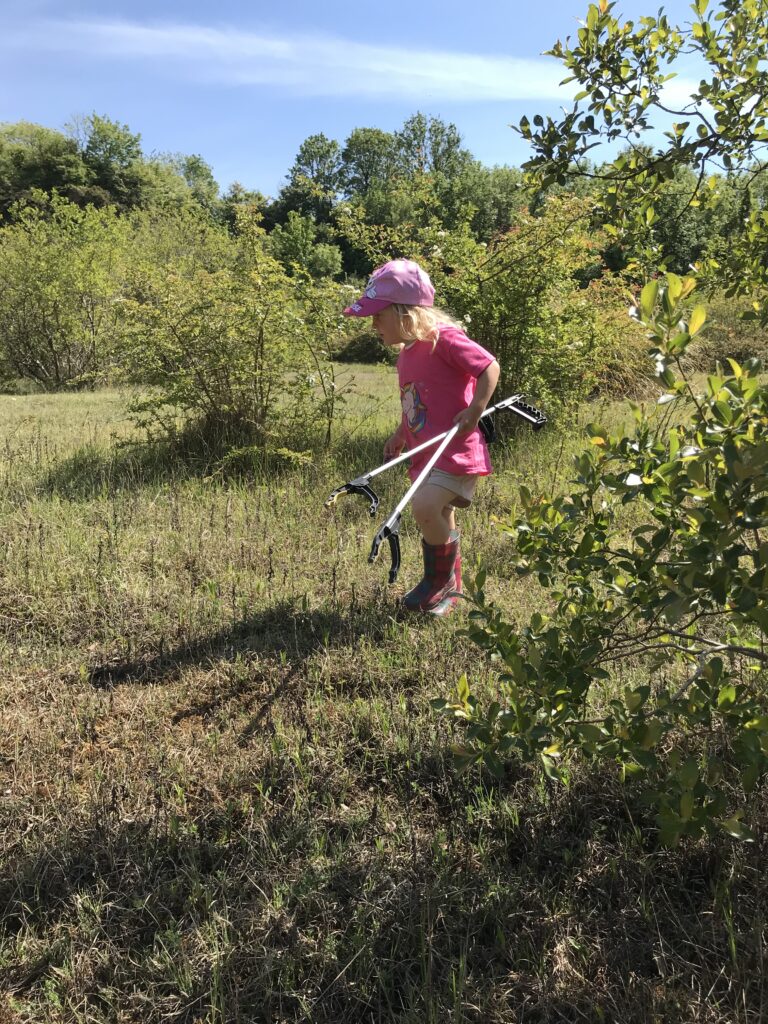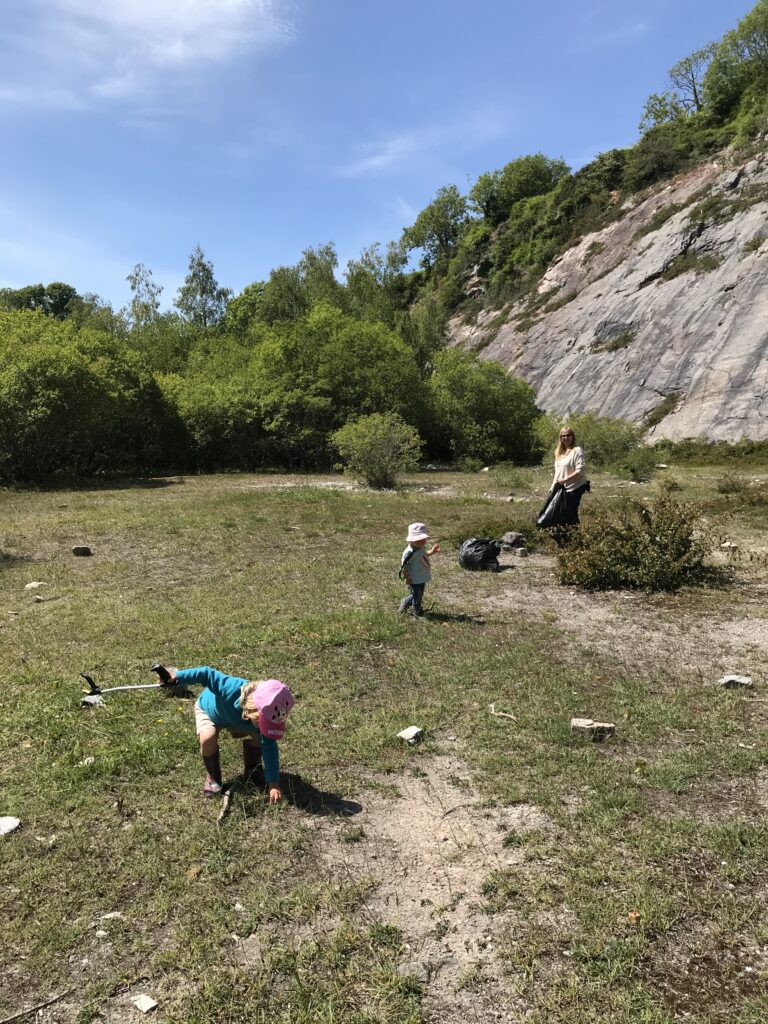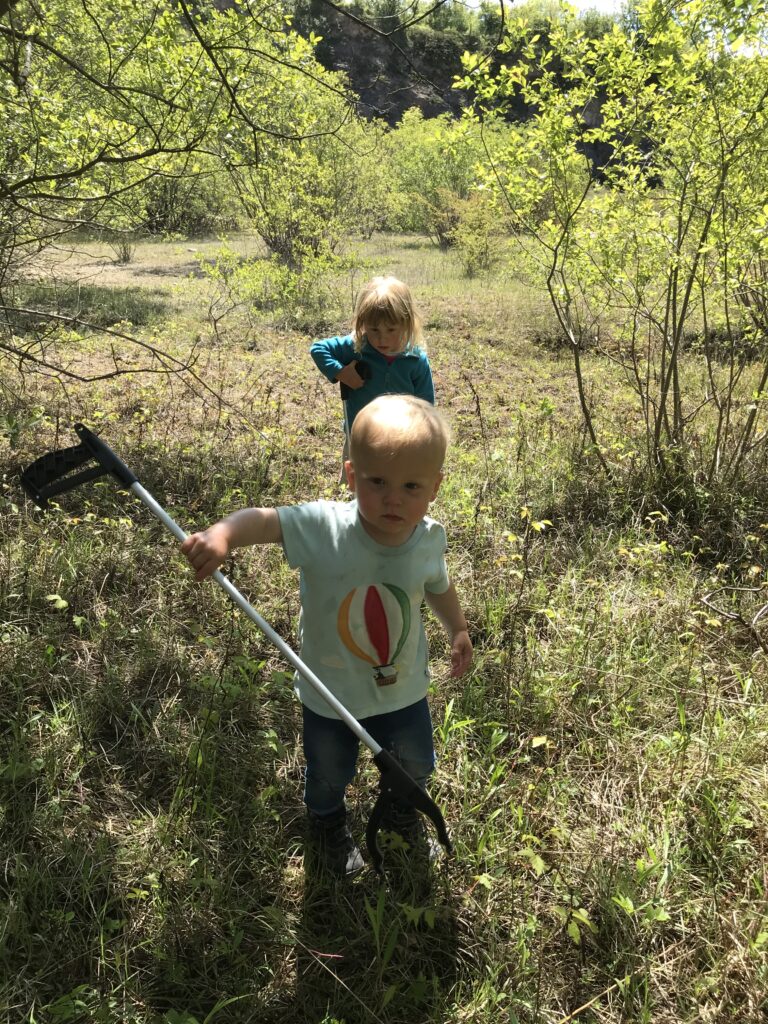our story
Our Philosophy
To ensure the long-term ecological prosperity of Radford Quarry by protecting and implementing positive ecological regeneration, ensuring that wildlife flourishes while allowing people to connect with nature and learn about our industrial heritage.
Our Story
We rescued Radford Quarry from a big property developer who had been trying to build 57 houses on the site. There was an opportunity to create something unique in the old quarry, which had been abandoned for decades.
The concept was to save and enhance the unique habitat from decline by allowing a limited number of people to stay and reconnect with nature.
Initially my mum, dad, wife and two kids set about picking up all the rubbish that had been dumped in the quarry over the previous fifty years. Needless to say, there was an astronomical amount of nasty stuff that had to be cleared, and we still find the occasional plastic bottle hiding under a nice patch of moss.
The Quarry attracted a lot of teenage parties. On one occasion, people had set fire to a deposit of coking coal that burned for over a week. There was a lot of ongoing vandalism, including a group who smashed a door in with an axe.
We undertook two years of ecology studies to understand the site deeply. It became clear that if the quarry was left to nature without management, all that is special about it will be lost – mainly to invasive species, neglect and vandalism. With this in mind, we set about trying to find a balance where humans can enjoy and learn about nature while prioritising wildlife.
Our ecology restoration programme includes cutting back and removing the invasive species that are threatening the ecological balance of the quarry. We have been expanding the limestone grassland, creating wildflower banks and meadows. Almost every tree has been strangled by ivy so we are giving them some much-needed love and attention.
The Limestone cliffs are a suitable habitat for the tiny Horrid Ground Weaver spider, which has only ever been found in neighbouring Plymouth quarries. Despite previous surveying, none have been found in Radford Quarry. However, we are taking no chances, we have cordoned off their potential habitat and hope to start a research programme.
Without the income from the glamping, none of the restoration and regeneration of nature would be possible.




A Short History
In 1539 during the Dissolution of the Monasteries, King Henry VIII awarded the land where Radfrod Quarry now lies to his close advisor John Russel who was to become the Earl of Bedford.
In 1858 the Duke of Bedford exchanged lands with the neighbouring Harris family who were renowned for their historic naval exploits, including their famous dinner party with the English captains of the Spanish Armada, and later having Walter Raleigh imprisoned at Radford House prior to his execution.
Limestone quarrying commenced around this time. The lime was loaded onto sailing barges and spread as fertiliser on fields up the River Tamar.
It was discovered that there was a unique marble-like stone that became know as “Radford Rose Red”. It was used to make elaborate stoneware including fireplaces and pillars. The Britannia Staircase in the Foreign Office and the pillars in the Brompton Oratory in London are made of this, and we keep discovering new examples. Likewise, many buildings and pavements in Plymouth are made of the Radford Limestone.
In 1928 there were ten quarrymen and twelve stone cutters working in the quarry. Dynamite was used to blow up the rock face and horse-drawn trams were took it to the quayside to be shipped as far as Germany.
Later in the twentieth century a gigantic 110 ft high lime processing plant was built. It was described as being like “Dante’s Inferno on Earth’
The quarry closed down in the early 1970s and was left to be reclaimed by nature. In the early twenty-first century a property developer attempted to build 57 houses on the site but was unsuccessful.
In 2019 Joe Radmore, who was restoring the nearby Radford Castle, purchased the quarry and set about restoring and protecting the habitat. Stones & Stars was born as a way to help pay for the conservation work by allowing a limited number of people to enjoy the unique wildlife. Manager, Peter Sprigg, who lives next door, welcomes guests with high energy and a good sense of humour.
We look forward to welcoming you.